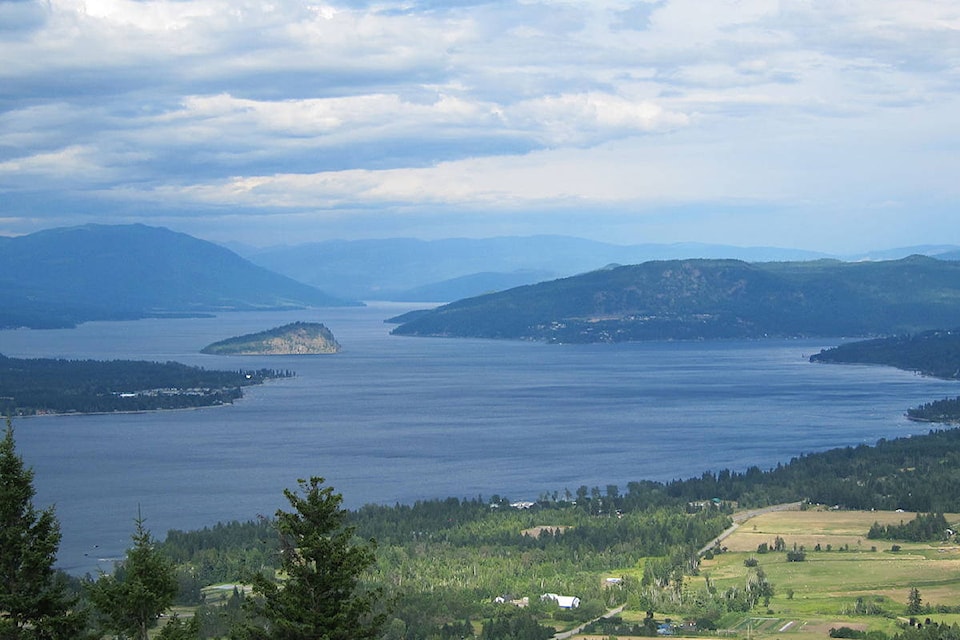A water quality monitoring project undertaken by the Shuswap Watershed Council has wrapped up and the results are good. That’s the message the council’s members heard at their recent meeting in Salmon Arm.
This spring, the Shuswap Watershed Council (SWC) began a water quality monitoring program in Shuswap
Lake to test for substances called nonylphenols. Nonylphenols are a group of synthetic compounds found in many industry and consumer products such as detergents, shampoos, cosmetics, lubricants, plastics, rubbers, paints and others. Nonylphenols can be toxic and persistent in the environment, and there are well-documented adverse effects on algae, invertebrates and fish.
“These compounds are not routinely monitored in fresh water by regulators,” explains Erin Vieira, the SWC’s program manager. “We wanted to find out if they could be detected in wastewater effluent, as well as at different dilution zones in the lake.”
Due to the occurrence of nonylphenols in household consumer products, Viera said it is expected the primary way they could get into the lake is through wastewater.”
“All of the samples from the lake had negative results,” said Vieira, meaning that nonylphenols were not detected. “There was a trace amount of one type of nonylphenol detected in the treatment plant effluent. The Canadian Water Quality Guideline for the Protection of Aquatic Life sets the guideline for nonylphenols in fresh water at 1 microgram per Liter, Shuswap Lake is well within that limit.”
“This is a good news story,” says SWC chair Paul Demenok. “Concerns had been expressed about nonylphenols in our watershed, and we now have scientific evidence to show that they’re not present.”
The SWC worked with the BC Ministry of Environment and Climate Change Strategy, the City of Salmon Arm and a private lab on the monitoring project, which ran from spring through fall this year.
The completion of this project is timely, as concern over ‘emerging contaminants’ is increasing. Last month, the Canadian Water Network launched a national review of contaminants in wastewater. The review, led by an expert advisory panel, will consider a suite of contaminants in wastewater and options for Canadian communities to address them through wastewater treatment. A final report is expected in the spring.
A summary of water quality monitoring results from 2016 is available on the SWC’s website at www.shuswapwater.ca.
